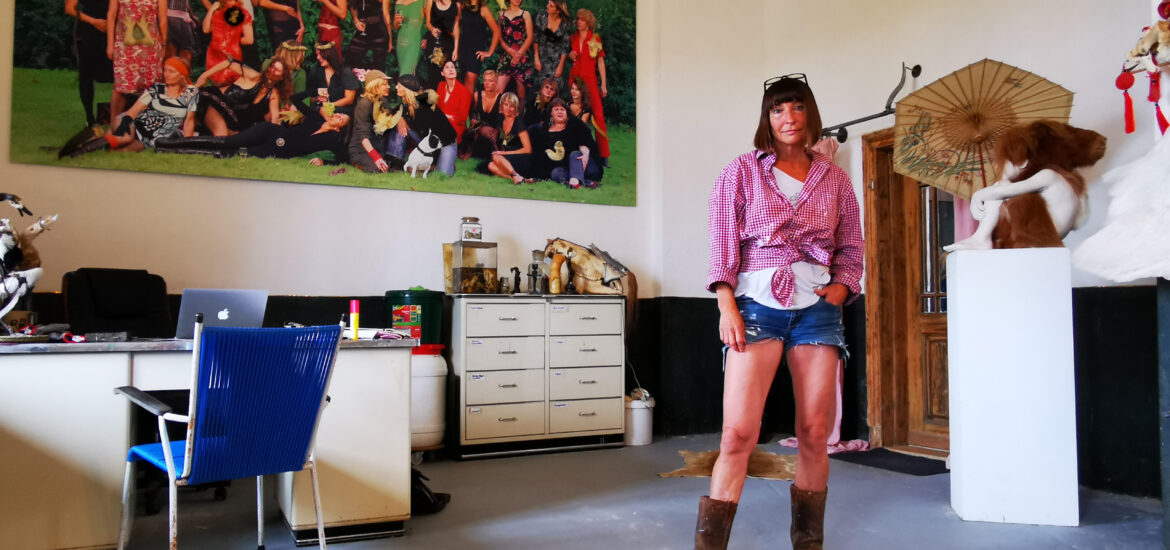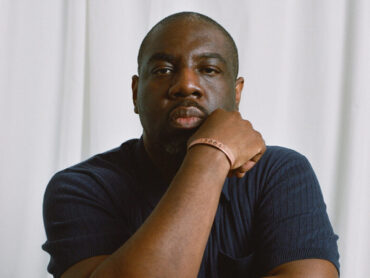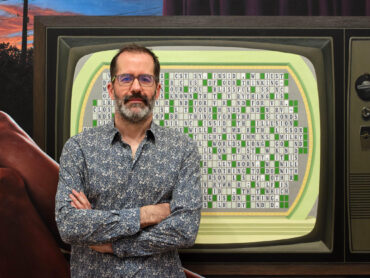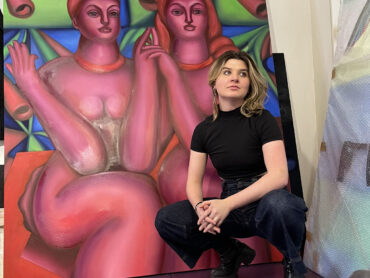One of the many things the pandemic affected was our opportunity to meet new people. With most art fairs, museums and galleries closed for such a long time, we have to rely on more primordial means of networking: ask a friend who might ask a friend about a friend – and this is precisely how I got to know Iris Schieferstein, a fellow artist from Germany, whose work rose to prominence in the art world in quite an unusual way: She got invited.
Iris, can you give me a little background, about your life, work, projects?
I was born in 1966 in a catholic hospital, located in Western Germany.
Throughout the first years of my childhood, I was often surrounded by nuns, dressed only in black and white. Growing up like this, the dichotomy of things was something that always naturally appealed to me, always fascinated me. Whether it was the contrast of black and white or the ambivalence of life (and death) itself. The piece “Death and the Maiden” by Schubert, which accompanied me through my childhood and adulthood, also had a big impact on my life and artistic creativity. But even though all my artworks have been influenced by it in one way or another, I explicitly reinterpreted it for the first time in one of my artworks only a few years ago (in my same-titled piece).
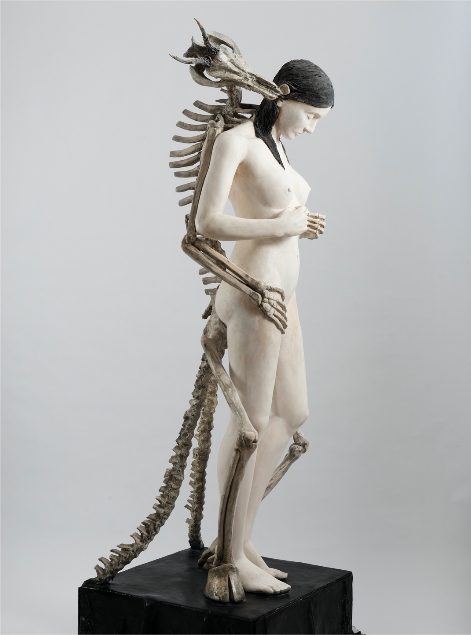
Photo courtesy of the Artist
… and these days?
My current project is a rather big undertaking. Two years ago, I bought an old train station that I am now renovating all by myself. My goal is to make it my studio and home, but also to make it a place where artists of all kinds can come together, work together and exhibit together. I had the vision and took the courage of going through with this project when I was working on my latest piece: a gigantic wave, completely made of oyster shells. While putting together all those shells, I thought: “If I can go through with this, I can go through with the train station as well.”
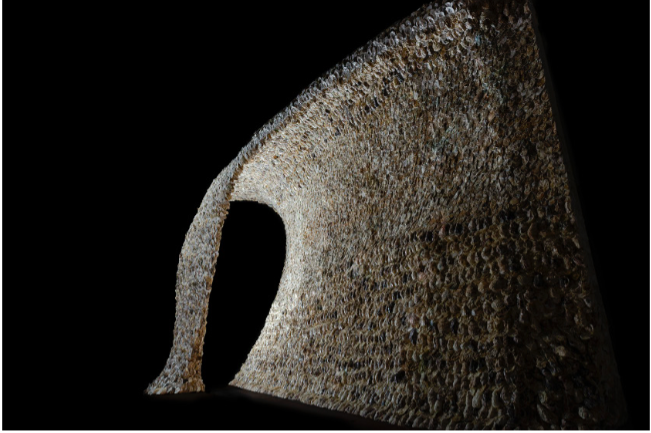
Photo courtesy of the Artist
What inspired you to choose dead animals as your material?
I was always fascinated by the deformational stages of a dead corpus and the way nature slowly takes back what it brought to life before. As a kid I made a lot of clay sculptures that were formed after animals and when I grew older I thought why not use nature itself as my material. After all, nature was more perfect than anything I could ever reproduce with clay. The artists that finally inspired me to work with dead animals were mainly Paul Thek (Meat Pieces), Peter Greenaway and David Lynch (Bee Boards).
If you had to describe your corner of the German art world …
I think being an artist that uses dead animals as their material is already kind of a niche in and by itself, especially in Germany. The way I put them together and the underlying message I am expressing through my work is always quite radical and leaves many people in shock at first, even though that has never been my initial intention. But that’s also what art is about, I guess – at least to me. Being radical and leaving something behind. To me it is important that people can connect with what they see, whether it is positive or negative. Forming some sort of individual relationship with the piece in front of you, rather that over-interpreting the accompanying text in order to understand the artist’s intention.
One of the means of my work is to play with visual habits, like I did with “Life Can Be So Nice”. The sculptures are shaped like letters, so they can be put together to form words and entire sentences. Surely, almost everyone in Western cultures remembers the initial letters in old copies of the Bible consisting of animals and plants.
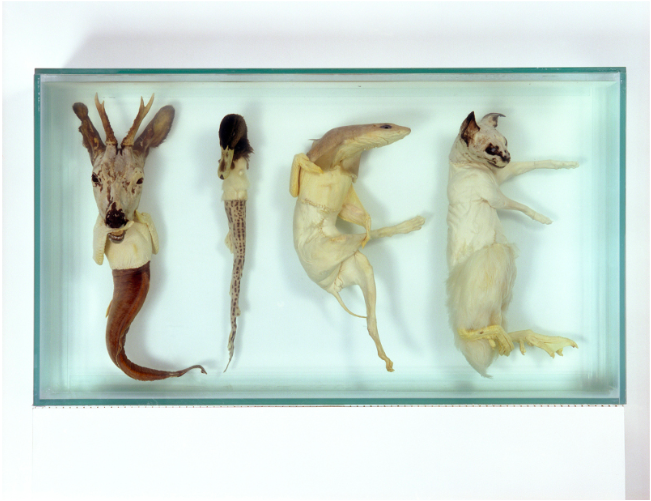
Photo courtesy of the Artist
What moments in your artistic development do you consider crucial?
The biggest milestone in my career was probably when people discovered my cow-gun-shoes and all of a sudden I got exhibition requests from curators and gallerists from all around the world. I was witnessing how photos of those shoes spread across the Internet and people didn’t stop talking about it – without me actually doing anything. Even Lady Gaga’s personal stylist reached out to me. I tried to capture the contrast between the gentle, the peaceful (the cow) and the violent (the gun) with this piece. Maybe it is that dichotomy I tried to express, that spoke to people and caught their attention.
Another big personal success for me was two years ago, when I was part of an exhibition at the Louvre in Paris. My shoes were on posters all over Paris, announcing the exhibition.
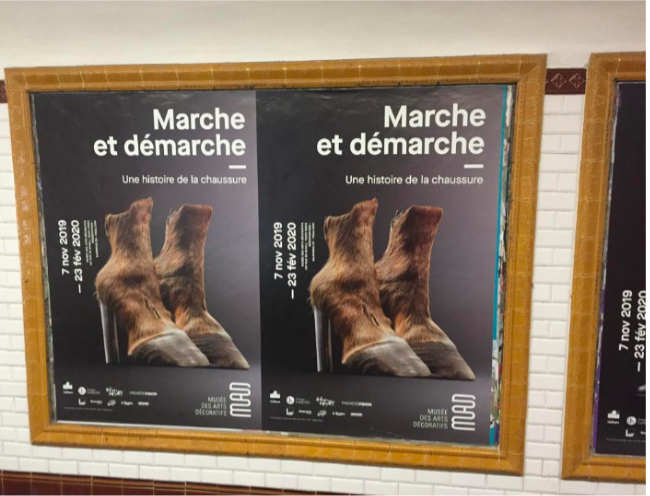
Photo Courtesy of the artist
What are your thoughts regarding art fairs and such?
I mostly enjoy international art fairs, such as the Freeze in London and the annual Armory Show in New York. I have seen very powerful pieces at these fairs that deeply moved me and left me leaving with a lasting impression. I don’t really think art fairs in Germany can keep up with those standards. That also holds true regarding museums in Germany. Exhibitions such as “Sensations” by Saatchi that was shown at Hamburger Bahnhof in 1998 are more of an exception here.
Is there a material or medium that you like or dislike in particular? This can be regarding creating the art or showing it, perhaps also shipping it?
Apart from animal corpses, which is obviously my chosen material, every other material is very different to work with, whether it is wax, wood, iron, clay or stone. I don’t really have preferences in that regard. What material works best depends on the piece itself.
How can one collect your art?
By reaching out to me via my email address, since I am not represented by one particular gallery.
Some thoughts about digital art?
Even though the digital art world is not my own sphere, there are some artworks that have impressed and moved me in the past. The most recent one is a short film by Pierre Huyghe about Post-Fuskushima. It’s part of the current exhibition “Archimboldo” at the Centre Pompidou in Metz, where two of my own artworks are displayed as well.
What role does or did science or research play in some of your projects? How would you describe such a process from the beginning?
My artworks are the product of my daily observations, perceptions and thoughts. Of course, scientific and socio-political issues play a big role. I see my art as my voice, the mouthpiece through which I express myself and my views to the world.
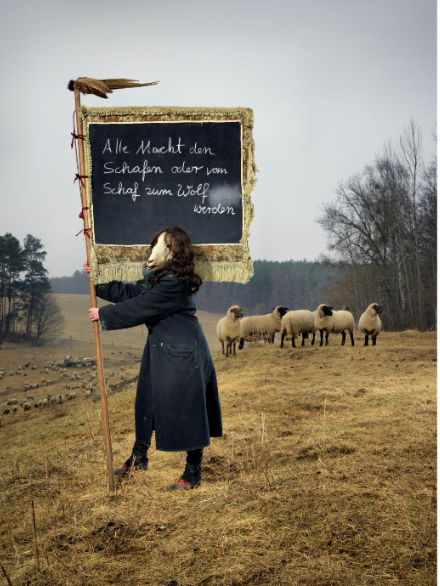
Photo Courtesy of the artist
